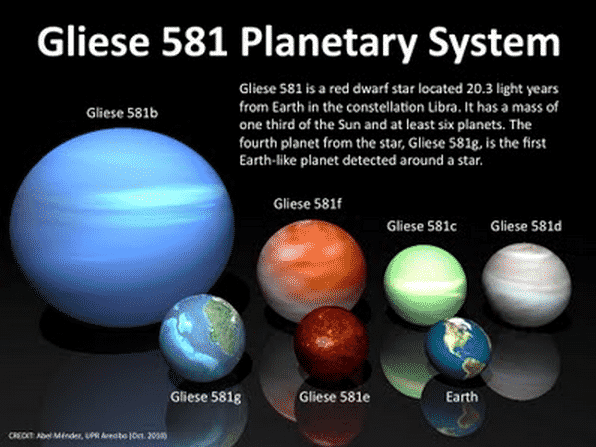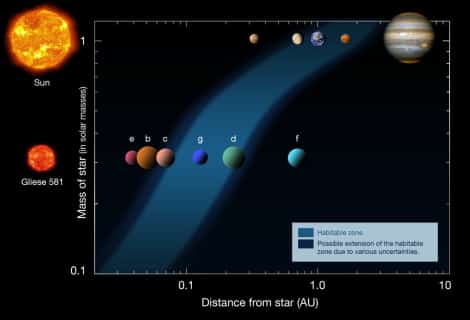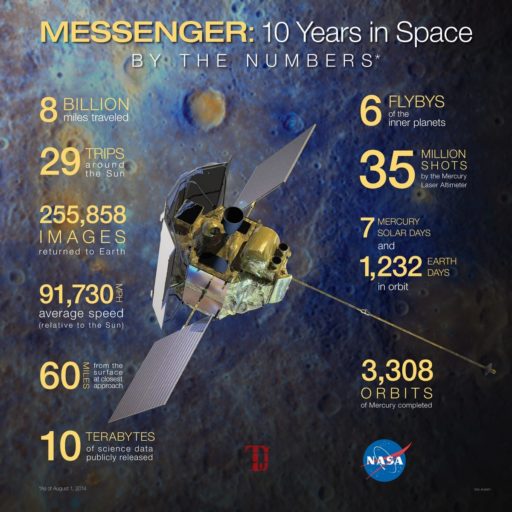Astronomers announced the discovery of Gliese 581g, an Earth-like planet in 2010. The temperature and size of Gliese 581g Earth-like planet is similar to Earth and hence astronomers started to think Gliese 581g could be hospitable to life. But now, astronomers are saying that this Earth-like planet Gliese 581g may not exist in reality.
Most exoplanets are too close to their stars to be seen directly with telescopes, so astronomers find them with indirect clues. So, when the discovery of Gliese 581 g was announced in 2010, there was a lot of excitement because it was in the habitable zone of its red dwarf star – the “Goldilocks” region – not too hot and not too cold – where liquid water, and therefore life, could potentially exist. The planet appeared to be just 1.2 to 1.4 times larger than Earth, and therefore likely to have a rocky surface.
While observing Gliese 581g, astronomers watched for subtle wobbles caused by the gravity of an orbiting planet tugging back and forth on the star in a regular pattern. The strength of the tugging, they thought, showed them a planet was about three times as massive as Earth. Note that a star’s wobbles are measured by looking at its spectrum—its light, smeared out to form a sort of rainbow. And the wobbles are so tiny that it takes some statistical analysis to find a back-and-forth pattern.
But now astronomers are saying that magnetic disturbances on Gliese 581’s surface—starspots—are altering the star’s spectrum in such a way that it mimics the motion induced by a planet. The star itself rotates once every 130 days, carrying the starspots with it; the disputed planet appeared to have periods of almost exactly one half and one fourth of the 130-day period. When the scientists corrected for the starspot signal, the planet (Gliese 581g) disappeared!
Source: National Geographic
[ttjad keyword=”best-tablet”]




